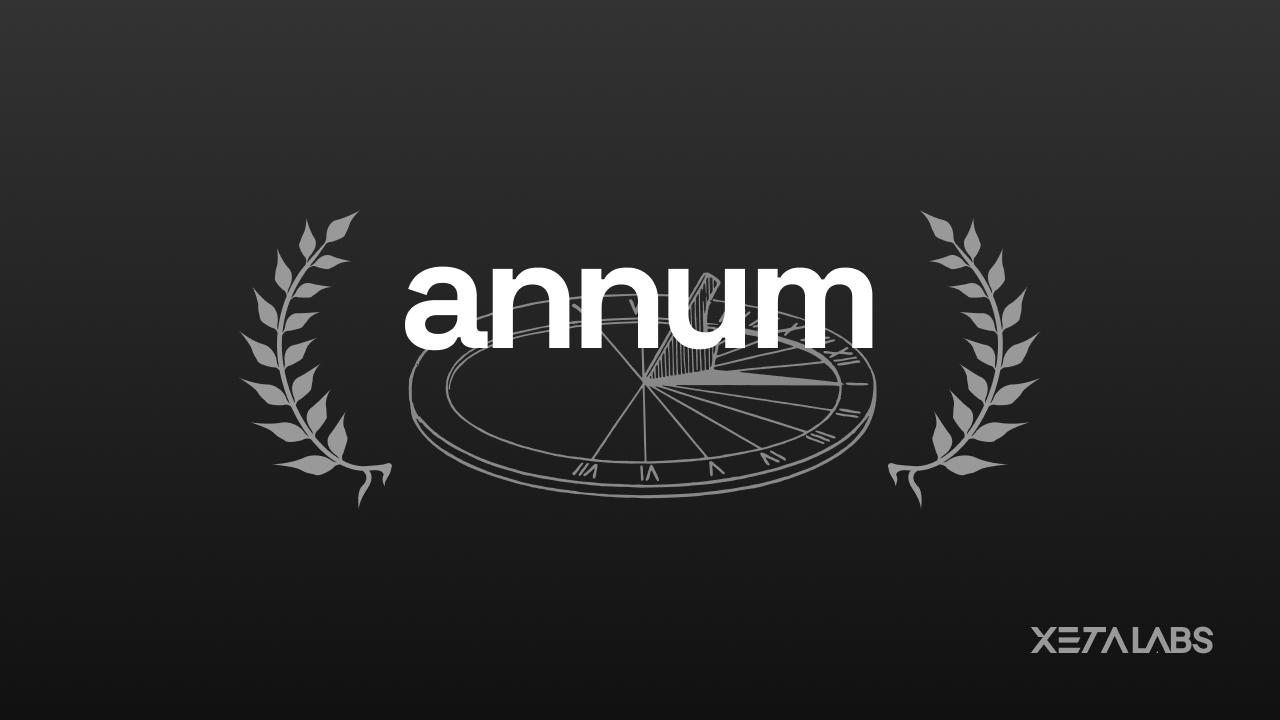Time is the one thing we all share, but it’s also the thing we’re worst at measuring. We know our age in years, maybe our birthday countdown, but that’s about it. The rest of our relationship with time is vague and forgettable. We say things like “I’m 28” or “I’m almost 30,” but we never really know what that means in the currency of days, hours, or heartbeats.
I’ve always been fascinated by the weight of small numbers. Not statistics or data points, but the personal metrics that somehow feel both meaningless and profound. How many meals have you eaten? How many hours have you slept? How many presidential terms have you lived through? These aren’t useful facts, but they’re your facts, and there’s something oddly grounding about seeing them laid out.
That’s why I built Annum. It’s a tool that takes two simple inputs—your birth date and any other date—and turns them into a collection of personal statistics that feel both silly and significant. It tells you your exact age down to the day, but it also tells you that you’ve lived through 847 sunrises, eaten roughly 23,000 meals, and experienced 4.7 years of sleep. It’s not life-changing information, but it’s yours.
Try Annum by XetaLabs
The interface is deliberately simple. Two date pickers, one button, and then a page of numbers that somehow feel like they’re telling a story. Your story. There’s your zodiac sign, your age in Mars years, the number of songs that have been released since you were born. Some of these calculations are scientific, others are pure speculation, but they all serve the same purpose: they make the abstract concept of “your life so far” feel concrete and countable.
What I like most about Annum is how it makes you think about time differently. Not as something that’s passing or running out, but as something that’s been accumulating. Every day you’ve been alive has been building toward this moment, this specific collection of numbers that belongs to nobody else. It’s like looking at your life through a microscope and seeing all the tiny, incremental ways you’ve been existing.
The tool also includes some playful comparisons that put your age in perspective. You can see how many leap years you’ve experienced, how many US presidential terms you’ve lived through, even how old you’ll be in five years (because sometimes we forget to do that math). There’s a visual representation of your age where each year is represented by a colored ball—filled ones for years you’ve lived, empty ones for the theoretical years ahead. It’s a simple visualization, but there’s something powerful about seeing your life as a partially filled grid.
Behind the scenes, Annum handles all the messy calculations that make time so complicated. Leap years, varying month lengths, timezone considerations—all the things that make “how old am I exactly?” harder to answer than it should be. The tool does the math so you don’t have to, but more importantly, it presents the results in a way that feels personal rather than clinical.
One of the unexpected features is how shareable the results are. Because everything is calculated in the URL, you can easily share your specific age breakdown with friends or bookmark it to see how the numbers change over time. It’s not storing your data anywhere—it’s just math happening in real-time based on the dates you’ve provided.
Unlike many age calculators that focus purely on the clinical aspects of time measurement, Annum tries to find the personality in your personal timeline. It tells you what life stage you’re in with descriptions that range from “childhood wonder years” to “the quarter-life crisis years” to “the golden years,” each with a little commentary that acknowledges both the absurdity and the reality of aging.
The most satisfying part of using Annum isn’t learning that you’re exactly 10,847 days old (though that’s cool). It’s the weird sense of accomplishment that comes from seeing your existence quantified. You’ve done all this living, all this time-accumulating, and now you have the numbers to prove it.
This is part of what XetaLabs is about—building tools that take familiar concepts and present them in ways that feel fresh and personal. Annum isn’t trying to solve a problem or optimize anything. It’s just trying to make the experience of being alive feel a little more tangible, one calculation at a time.



